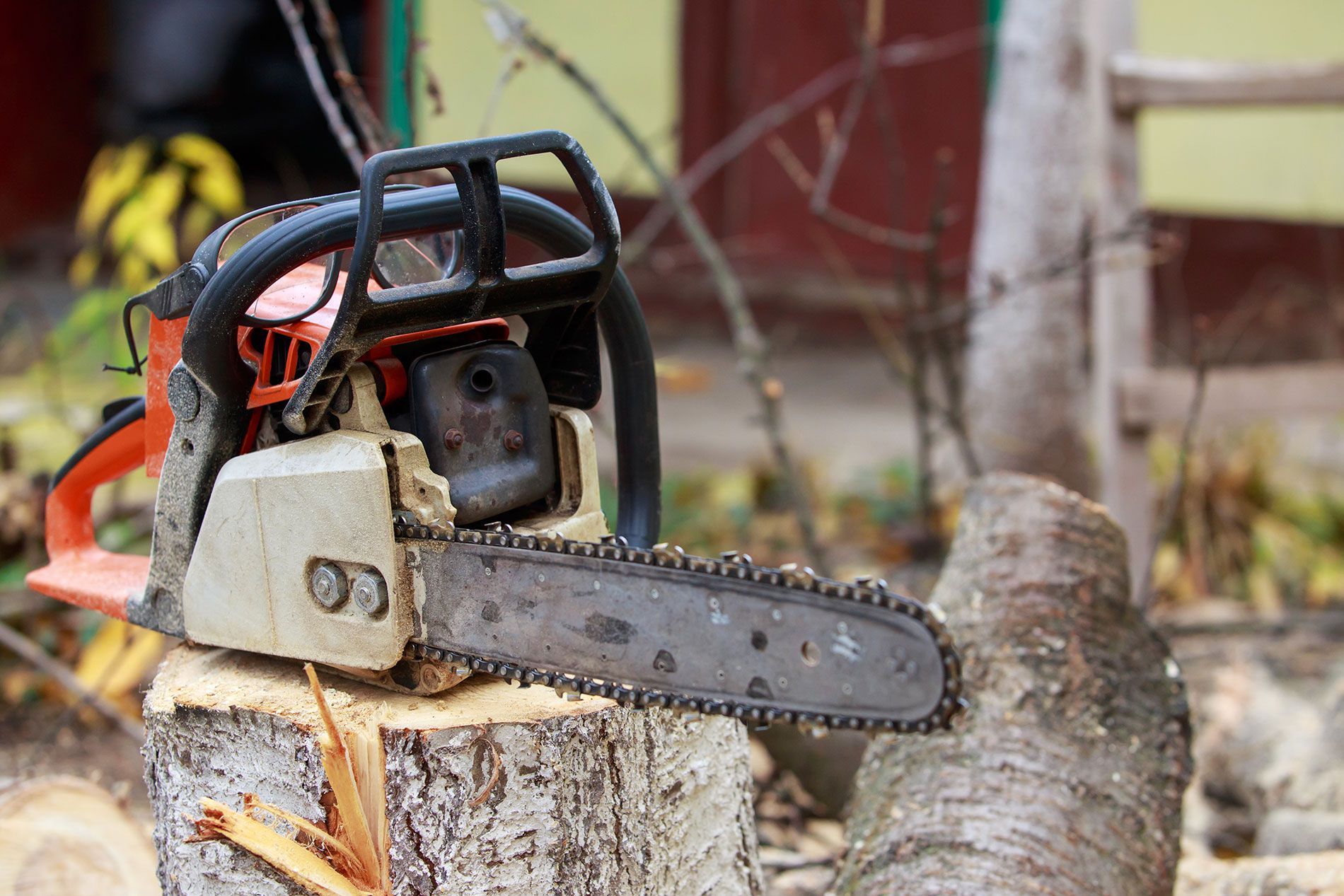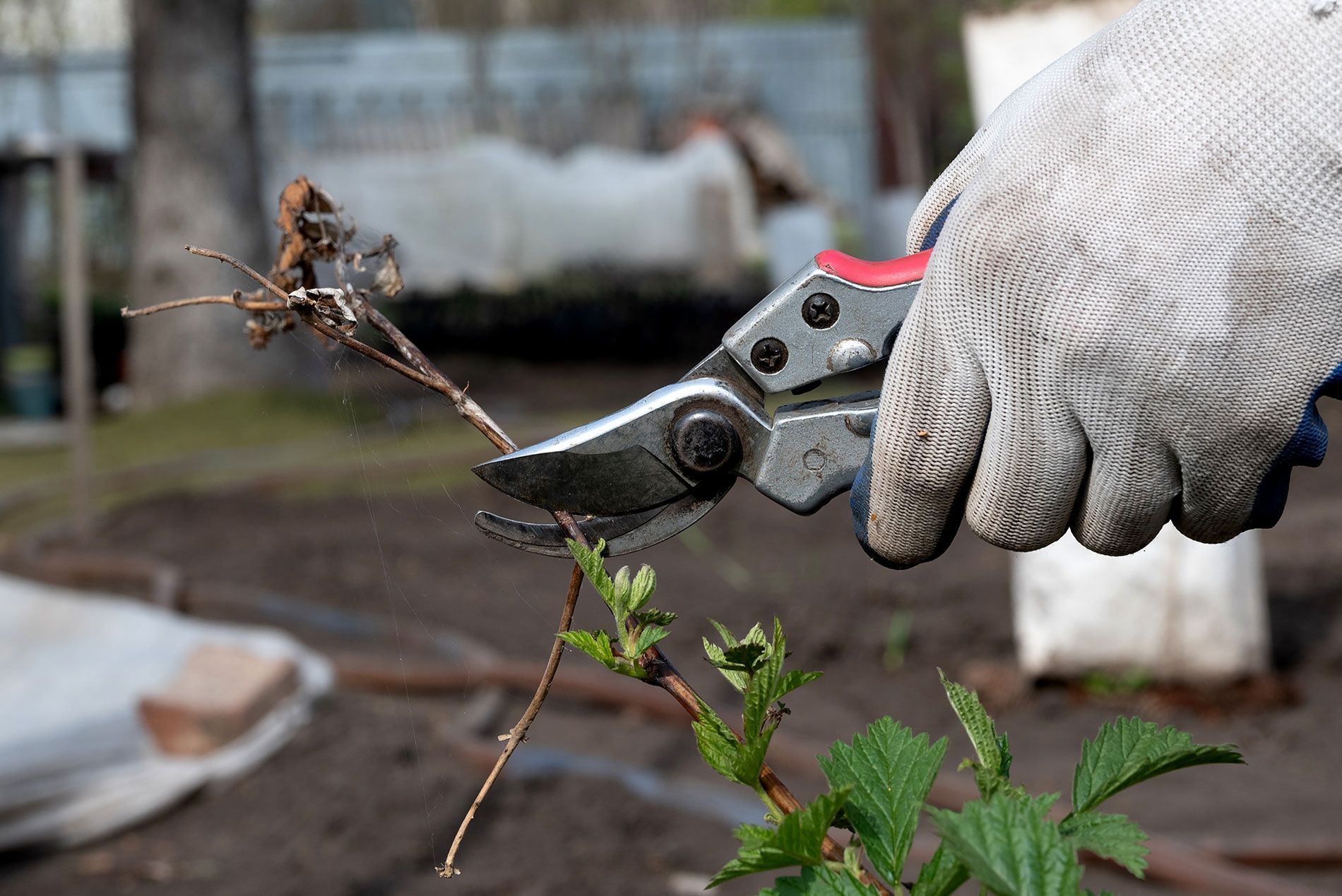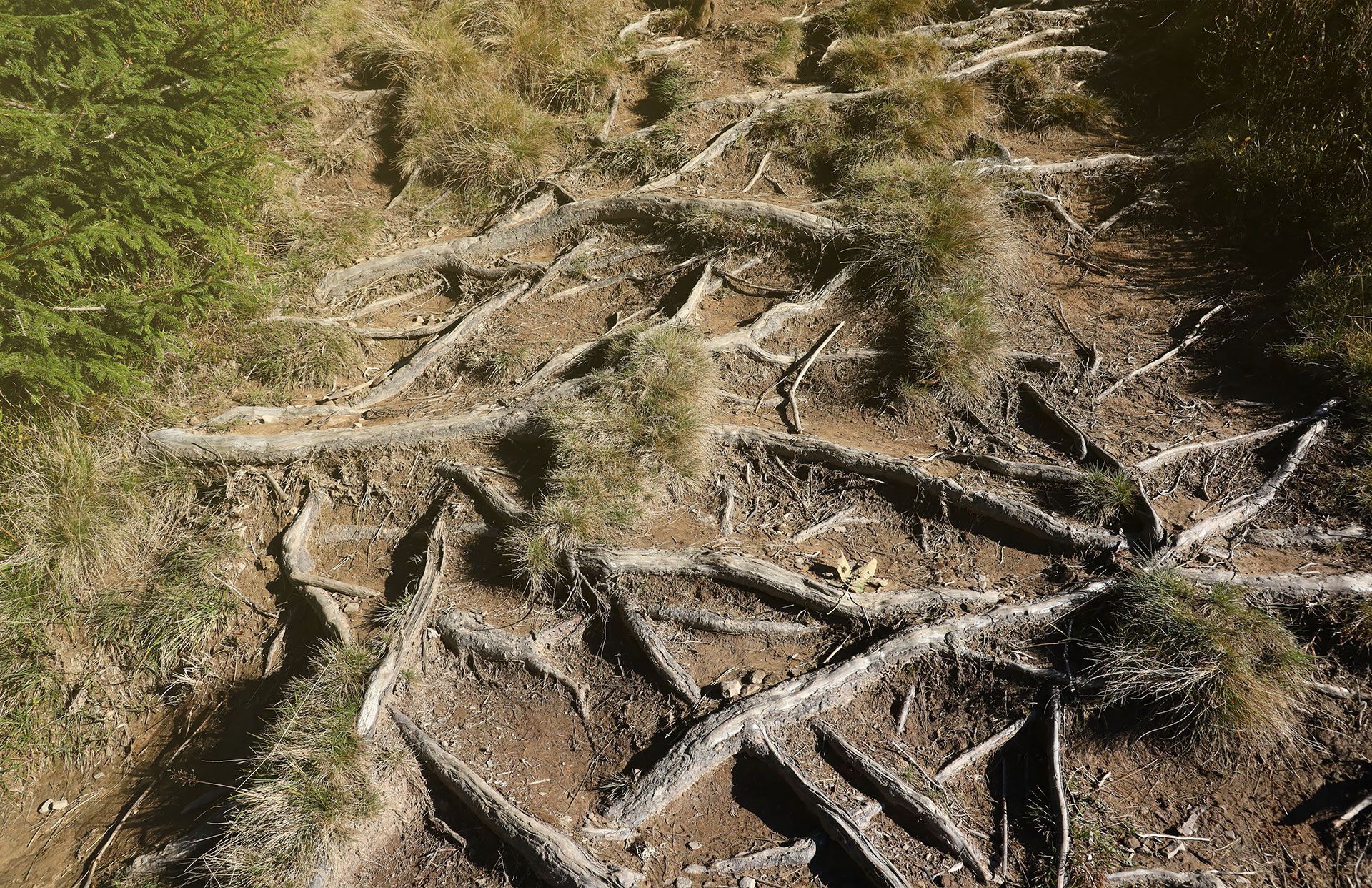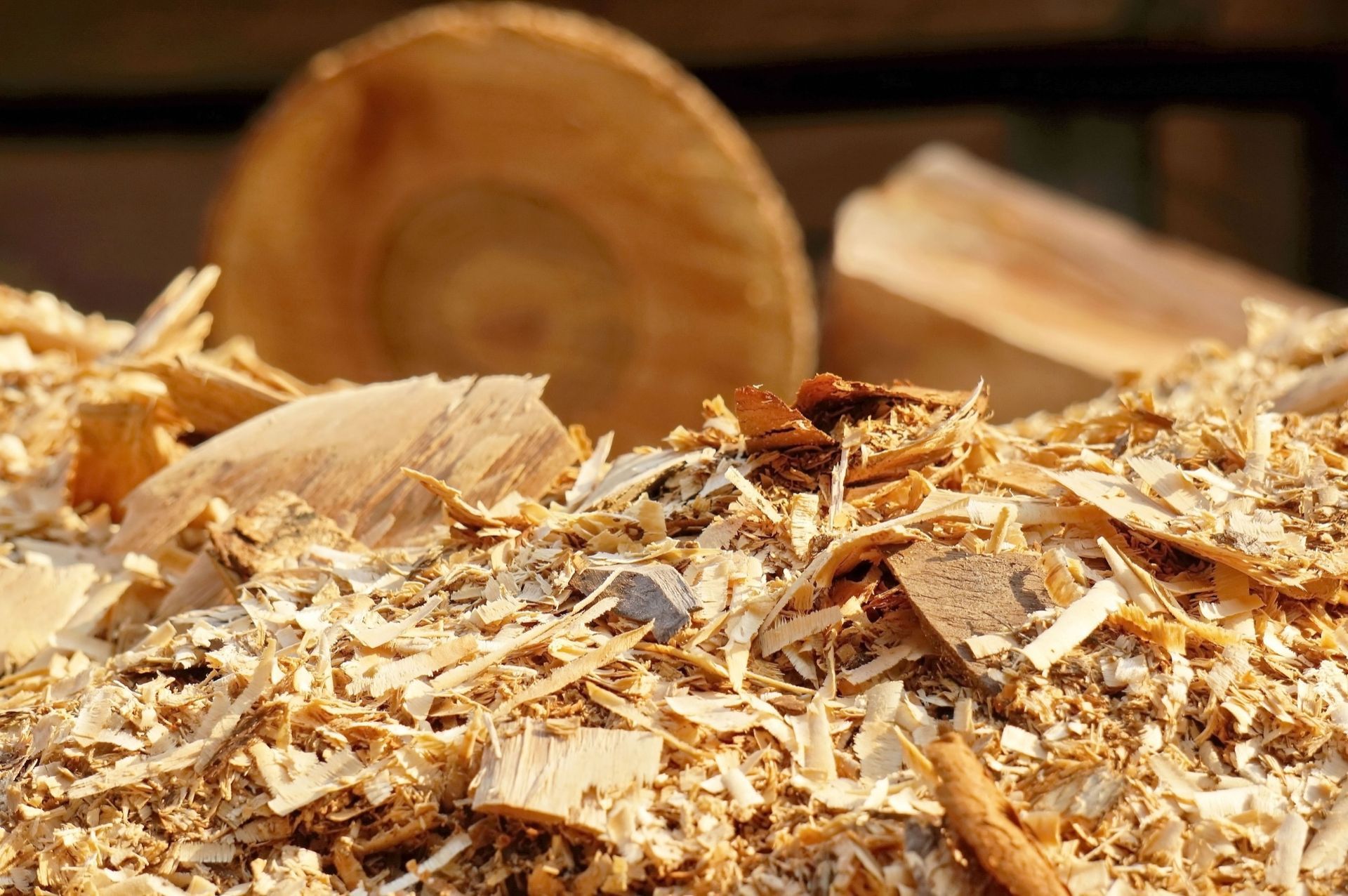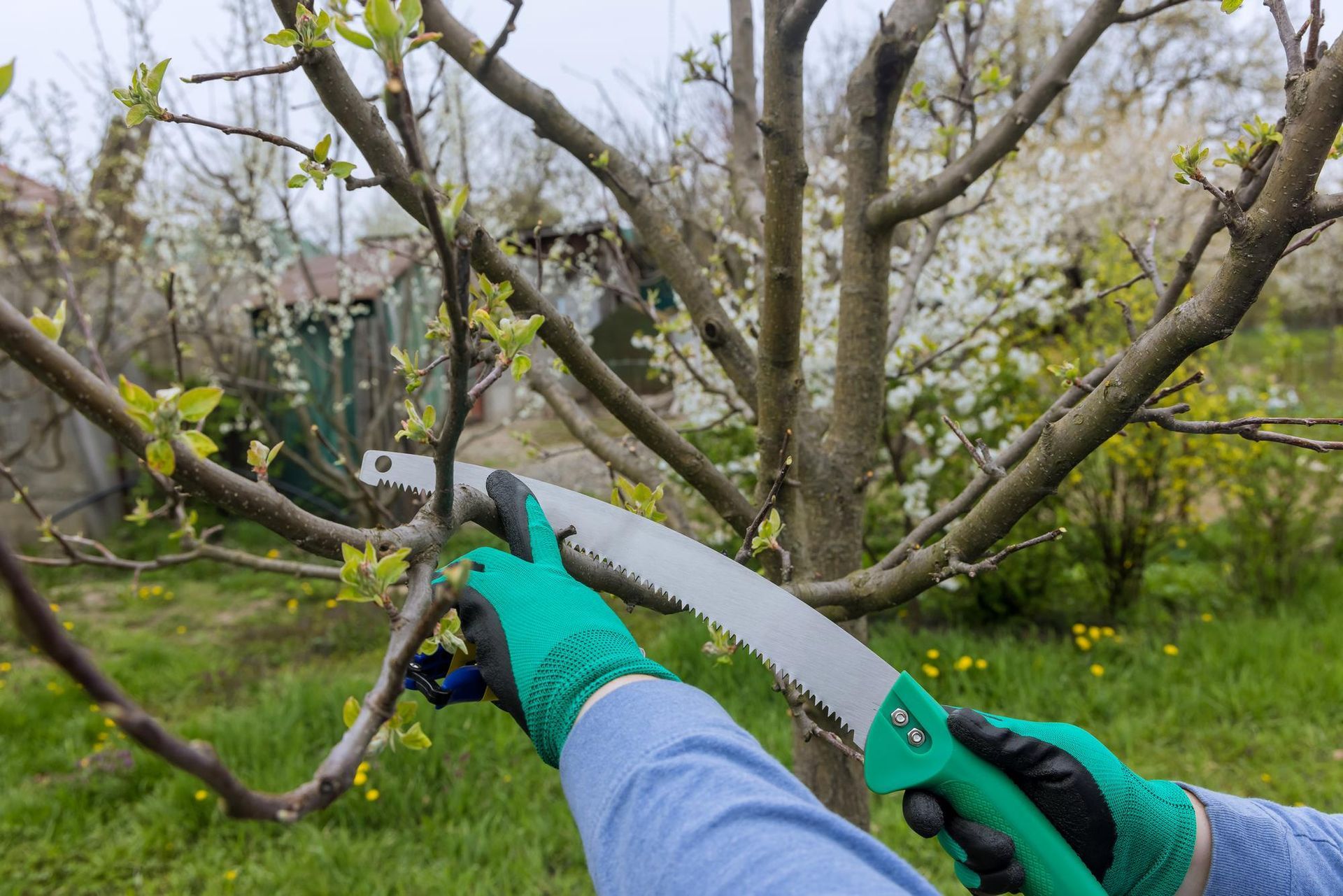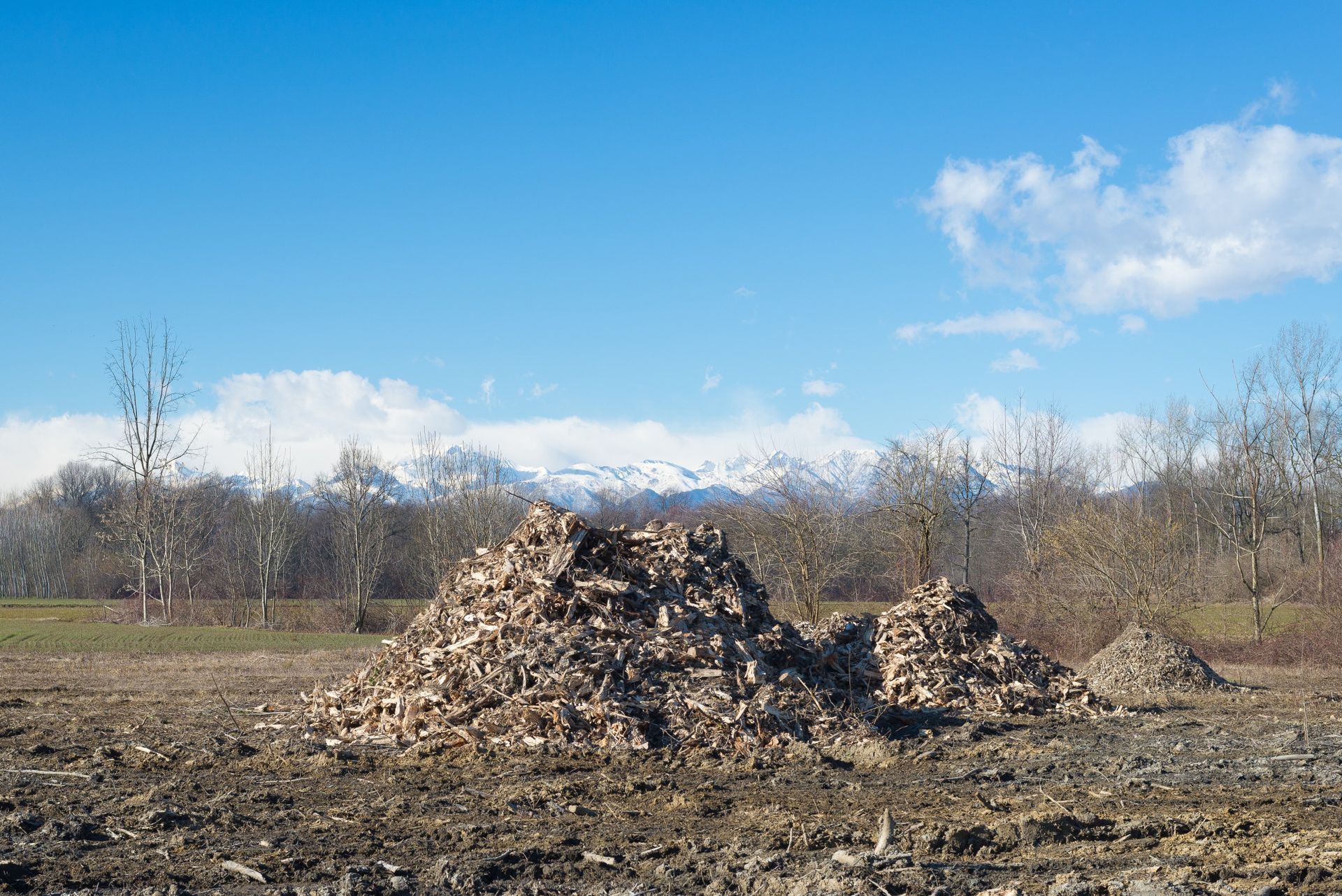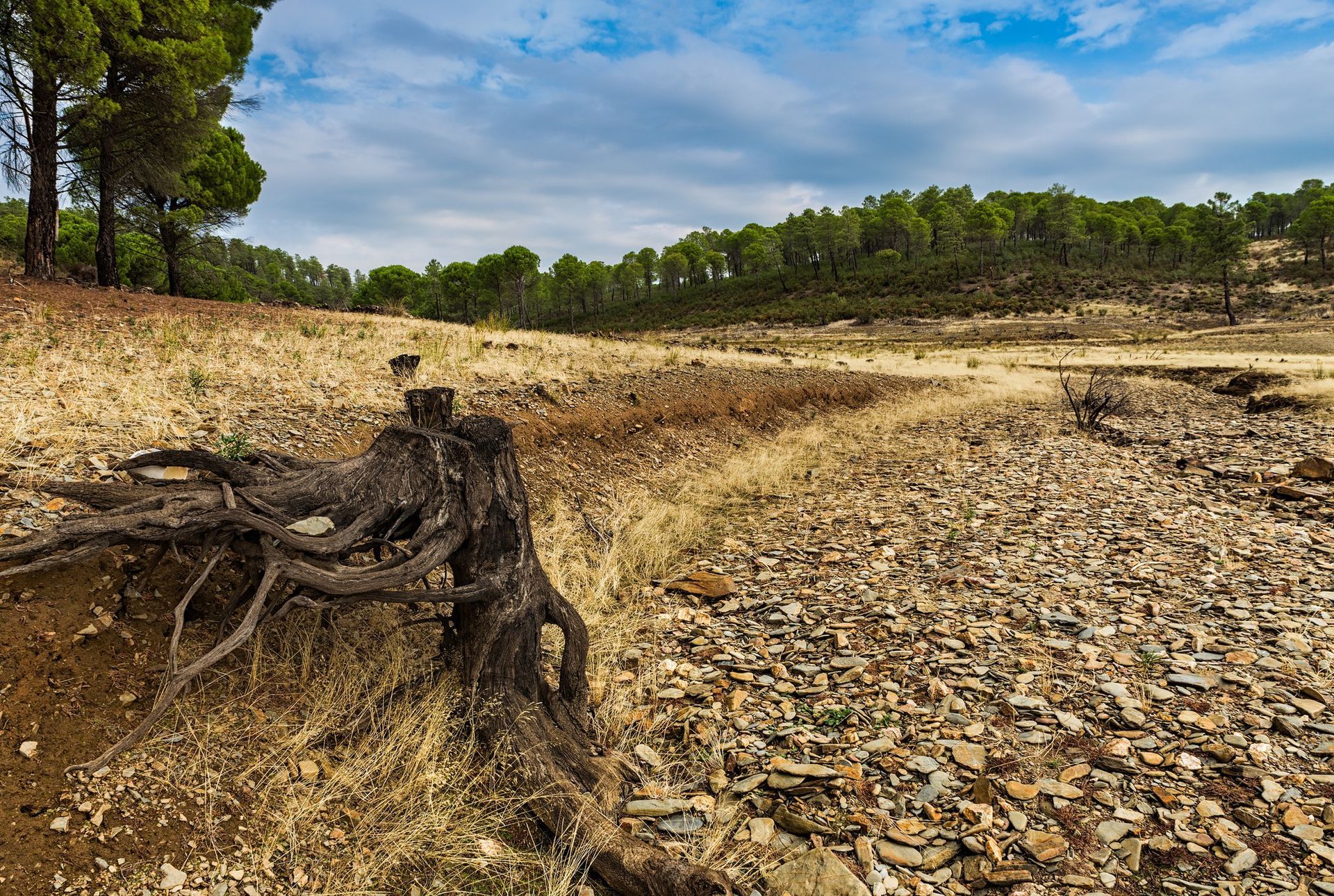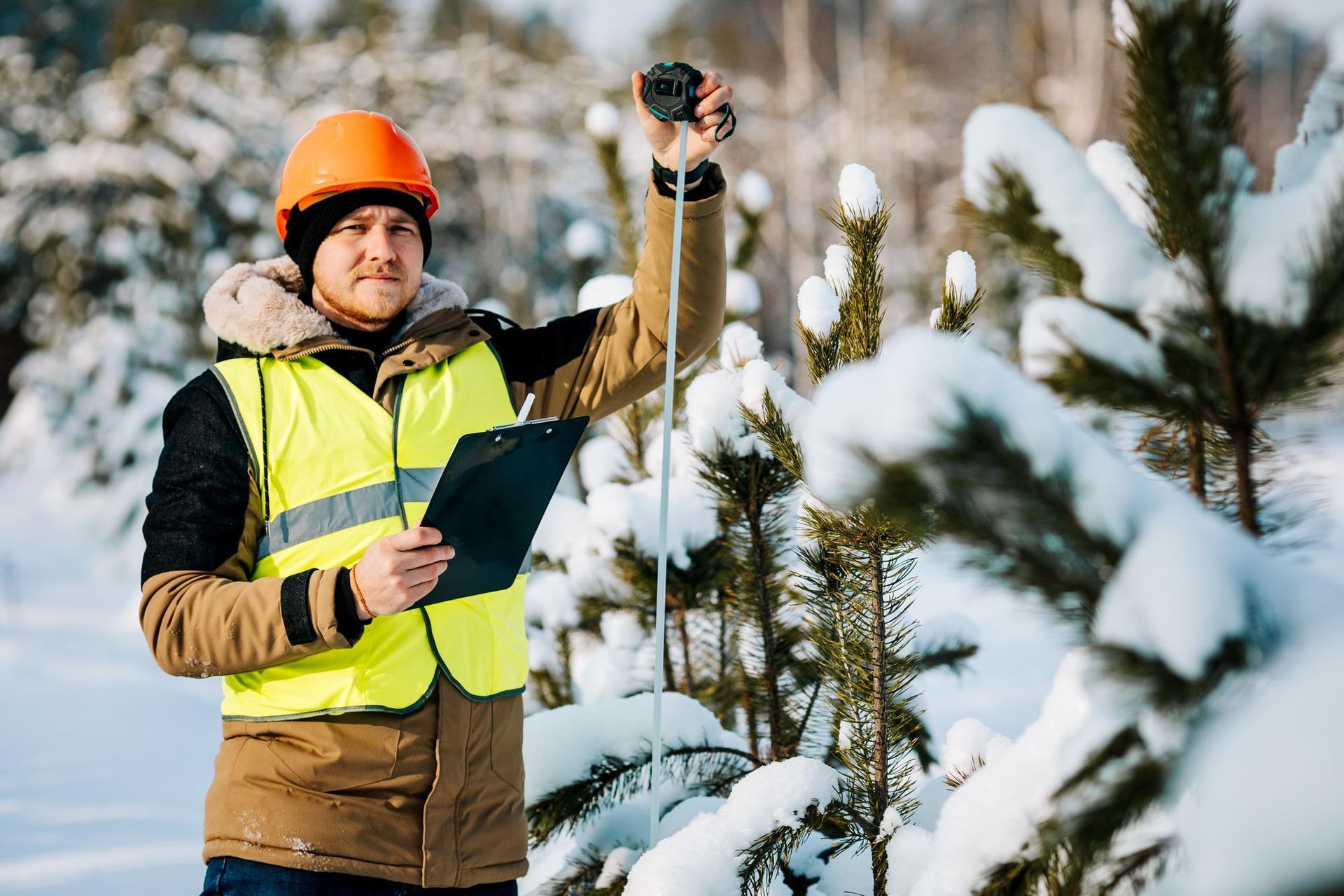5 Warning Signs That You Need Hazardous Tree Removal Services
When you type "hazardous tree removal near me" into a search engine, you're probably not just curious about tree care. Chances are, you've noticed something unsettling about the trees surrounding your home or property. Trees are magnificent, life-giving structures that add beauty and shade to our environment. However, when they pose a threat to our safety, it's crucial to spot the signs early. Recognizing the warning signs that a tree is hazardous can prevent damage to property and, more importantly, save lives. So, let's dive into the five critical indicators that suggest it's time to call in the experts for hazardous tree removal services. Fasten your seatbelt—we’re about to climb into the leafy world of trees and safety!
5 Signs That You Need Tree Removal Services
Warning Sign #1: Visible Decay and Fungus Growth
Imagine walking through a forest, the ground soft and spongy beneath your feet, the air filled with the earthy scent of moss and decomposing leaves. This is the realm of decay, where everything returns to the soil. However, when this decay ascends from the forest floor to the trunk of your backyard tree, it's a stark red flag. The appearance of fungus, such as shelf or bracket fungi, is nature's way of telling you that the tree's internal structure is breaking down. It's an alarming signal akin to the 'check engine' light in your car, and just like your vehicle, it's a sign you shouldn't ignore. Fungus on trees works silently, munching away at the wood fibers, compromising the strength of the trunk from the inside out, and leaving the tree vulnerable to snapping or toppling over in a strong wind. Visible decay, with its soft wood and deep cavities where branches once thrived, paints a picture of a tree in its twilight, no longer the robust monument it once was, but a ticking time bomb in terms of safety.
Warning Sign #2: Dead or Hanging Branches
Now, let's cast our gaze upward, where branches etch patterns against the sky. In the life cycle of a tree, branches come and go, but when they die and remain aloft, they become silent sentries of hazard. These dead or hanging branches, sometimes barkless and bleached by the sun, are more than just unsightly; they are nature's precarious pendulums, waiting for the opportune moment to descend. It’s not just the potential of a fallen branch to damage anything in its path that’s worrisome; it’s the unpredictability. Dead branches do not follow the courteousness of giving warning before they fall; they do so silently, often propelled by nothing more than a gust of wind or the vibration of a passing truck. This perilous trait means they can pose a threat to life and limb, quite literally. Regularly scanning your trees for these arboreal hazards and having them pruned or removed by hazardous tree removal services is a critical preventative measure. It's a simple step that stands between you and the unwelcome surprise of a fallen branch.
In these first two warning signs, we've delved into the subtle, often-missed early signals that your tree is speaking the language of distress. Acknowledging these signs is your first line of defense, a call to action that invites the skilled hands of arborists who can diagnose and treat your tree's ailments, ensuring that it either recovers or is removed with care and professionalism. Remember, the trees you walk under today may require your attention for everyone's tomorrow. Stay vigilant and always choose safety over regret.
Warning Sign #3: Leaning Trunk or Disproportionate Growth
Imagine a tree that once stood as straight as a sentinel now begins to lean as though reaching for something unseen. This isn't the leaning of a curious child, eager and harmless; it is a sign that demands immediate attention. Trees naturally grow toward the light, and a slight lean is often not a cause for alarm. However, when this inclination becomes pronounced, it can be indicative of deeper issues. It might be the result of a compromised root system, often hidden beneath the earth where it goes unnoticed, or due to soil erosion that silently washes away the foundation, leaving the roots with less to hold onto. The lean of a tree can also be attributed to disproportionate growth, where one side grows denser and heavier than the other, often a result of damage or disease affecting one part of the tree. It's as if the tree is shouldering a burden too heavy to bear, tilting under the weight. This uneven distribution of mass can create a precarious situation where the tree could give way at any moment, especially during storms or high winds. When you notice such an imbalance, the clock starts ticking on how long before gravity wins the battle. It is then that the services of a professional become indispensable. They can assess whether the tree can be stabilized, or if it should be removed to prevent potential catastrophe.
Warning Sign #4: Cracks or Splits in the Trunk
Trunk cracks are like the wrinkles in a tree's lifetime, except when they signify something far more sinister than the passage of time. Unlike the benign lines marking years of growth, deep cracks and splits can be harbingers of failing health. The trunk of a tree is its pillar of strength, holding up the massive structure of branches and leaves above. When this pillar shows signs of cracking, it's as though the very spine of the tree is compromised. These fissures can occur for various reasons—internal stress from weather events, physical damage from impacts, or even the natural growth process gone awry. However, the result is the same: the tree's structural integrity is at risk. Large cracks can allow moisture to seep into the tree, which can lead to decay and fungal infections, further weakening an already vulnerable giant. The risk is twofold: not only to the health of the tree but to all that lies in its potential path should it fall. A split trunk can result in a tree falling suddenly, often with little to no warning, turning it into a latent threat to your home, vehicles, or even personal safety. When such signs are spotted, it’s a clear signal to reach out to hazardous tree removal experts who can accurately judge the situation. They possess the knowledge to either nurse the tree back to health or recommend its removal for the safety of the surrounding environment.
Warning Sign #5: Proximity to Power Lines or Structures
When a tree's branches weave through power lines or its trunk stands as a stoic yet silent challenger to structures, the scene is set not for a pastoral painting but for a potential emergency. The risk here is not just of a physical nature but also one that carries the potential for fire, power outages, and the disruption of the daily conveniences we often take for granted. Trees that tangle with power lines are accidents in waiting; they can become conductors of electricity, creating a hazard not only for themselves but for anyone who unknowingly comes into contact with them. Arborists often refer to these as "conflict trees" because they conflict with their surroundings in urban landscapes, where the room to grow is not in abundance.
Additionally, trees that stand too close to buildings are like giants teetering on the edge of their territories. The proximity to structures such as homes, sheds, or garages is particularly concerning when the trees are large enough that a fall could result in significant damage or injury. It's a silent encroachment that might go unnoticed until it's too late, particularly if the tree's health is compromised by any of the issues previously discussed.
The intertwining of branches and power lines, or the brushing of leaves against windows, may at first be an aesthetic inconvenience or an annoyance to be dealt with 'someday.' But this proximity is more than a mere inconvenience; it is a clarion call to action. With weather patterns becoming increasingly unpredictable and storms gathering strength, the chances of such trees causing serious problems have escalated. The ramifications of inaction can be severe, ranging from the inconvenience of power loss to more dire consequences like property damage or even personal injury.
The process of addressing this concern, however, is not a task for the layperson armed with a saw and good intentions. The convergence of electricity and height requires the skilled hands of professionals who can navigate the dangers with precision and care. It is not just about trimming a tree; it's about understanding the complex interplay between the tree, its environment, and the infrastructures that support our way of life. The task at hand is to remedy the situation before nature takes its course in a potentially destructive manner.
Therefore, if you gaze out your window and see a tree in such a dance with danger, it is imperative to call in the experts. Hazardous
tree removal services can assess the situation with a trained eye, determining the best course of action to safely distance the tree from its current, perilous position. They have the tools, the techniques, and the understanding of both the arboreal and the electrical to ensure that any necessary measures are taken with the utmost safety and consideration for all.
In sum, trees that have grown too close to our man-made world, infringing upon the wires we depend on or the roofs over our heads, are not just another item on a weekend to-do list. They represent a pressing concern that warrants immediate and professional attention to prevent the possibility of an unfortunate outcome. It is in these proactive steps that we find the balance between living with nature and protecting our investments and well-being.
Conclusion:
At Big Mountain Tree Service, we pride ourselves on being the guardians of your arboreal landscapes, especially in the beautiful environs of Columbia Falls, MT. With a deep understanding of the local ecosystem and a commitment to safety, our team of certified arborists is ready to respond with the expertise and equipment needed to address any tree-related hazard. We see our service as a partnership with nature and with you, the property owner, ensuring that every step we take is in the best interest of both.
Trees are more than just our business—they are our passion. When you call on us at 406-261-2042, you're not just getting a tree service; you're enlisting a team dedicated to the health and safety of your landscape. We're not satisfied with simply removing a threat; we strive to provide solutions that enhance your property's value and aesthetic, while respecting the natural beauty that draws all of us to Columbia Falls.
As we take care of the present, we also look to the future. By choosing Big Mountain Tree Service, you're opting for a proactive approach to tree management. Our expertise not only addresses the immediate concerns but also plans for the long-term health of your trees, ensuring they continue to thrive and enrich your space for years to come.
So when you notice any of the warning signs in your trees, or if you simply want peace of mind regarding the arboreal giants that grace your property, reach out to us. We are here to provide the assurance that comes from professional care, backed by a commitment to excellence and the well-being of your green investments. Call Big Mountain Tree Service at
406-261-2042, and let us bring our expertise right to where you need it the most. Together, we can ensure that the trees you treasure today will stand tall and safe tomorrow.
